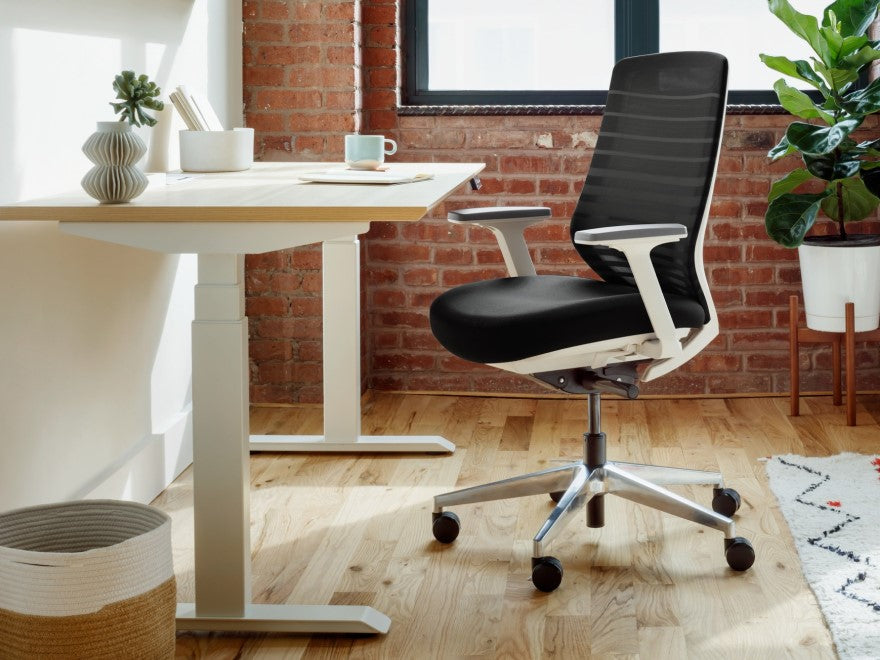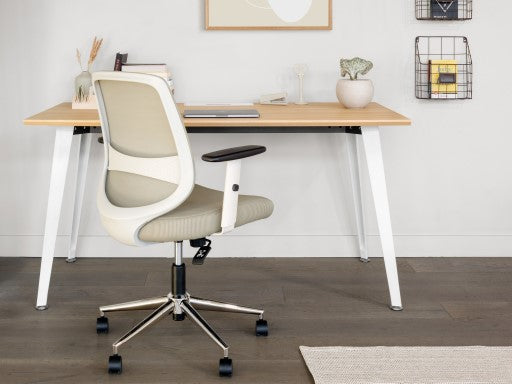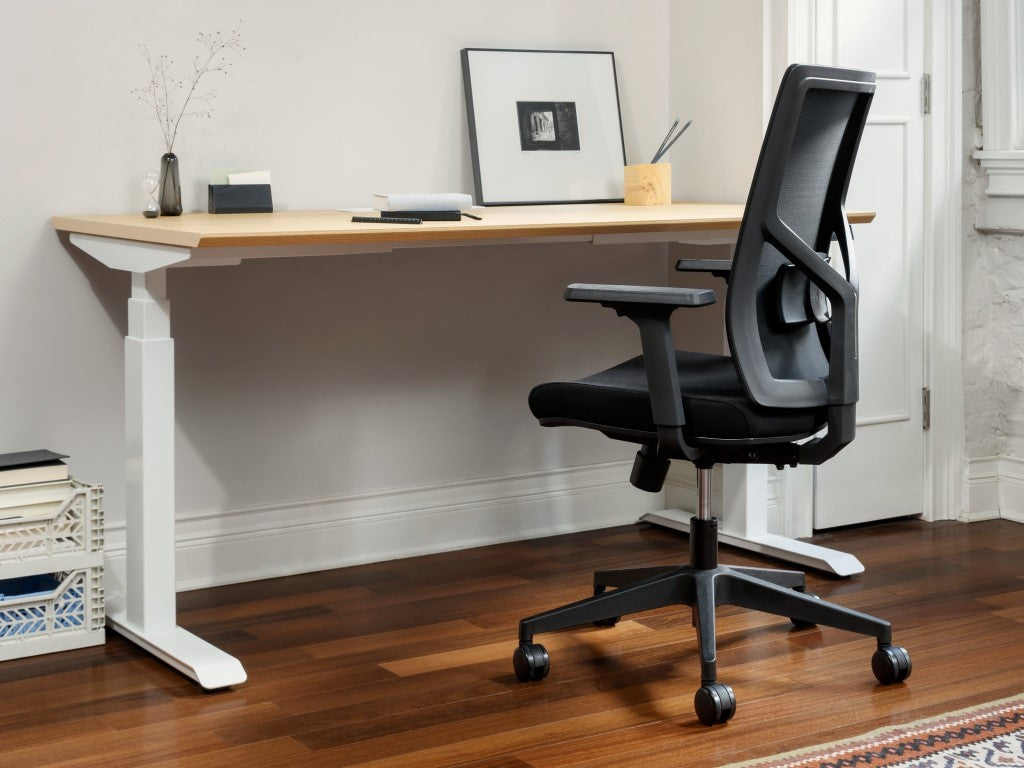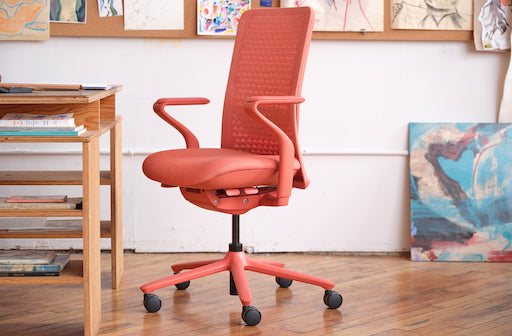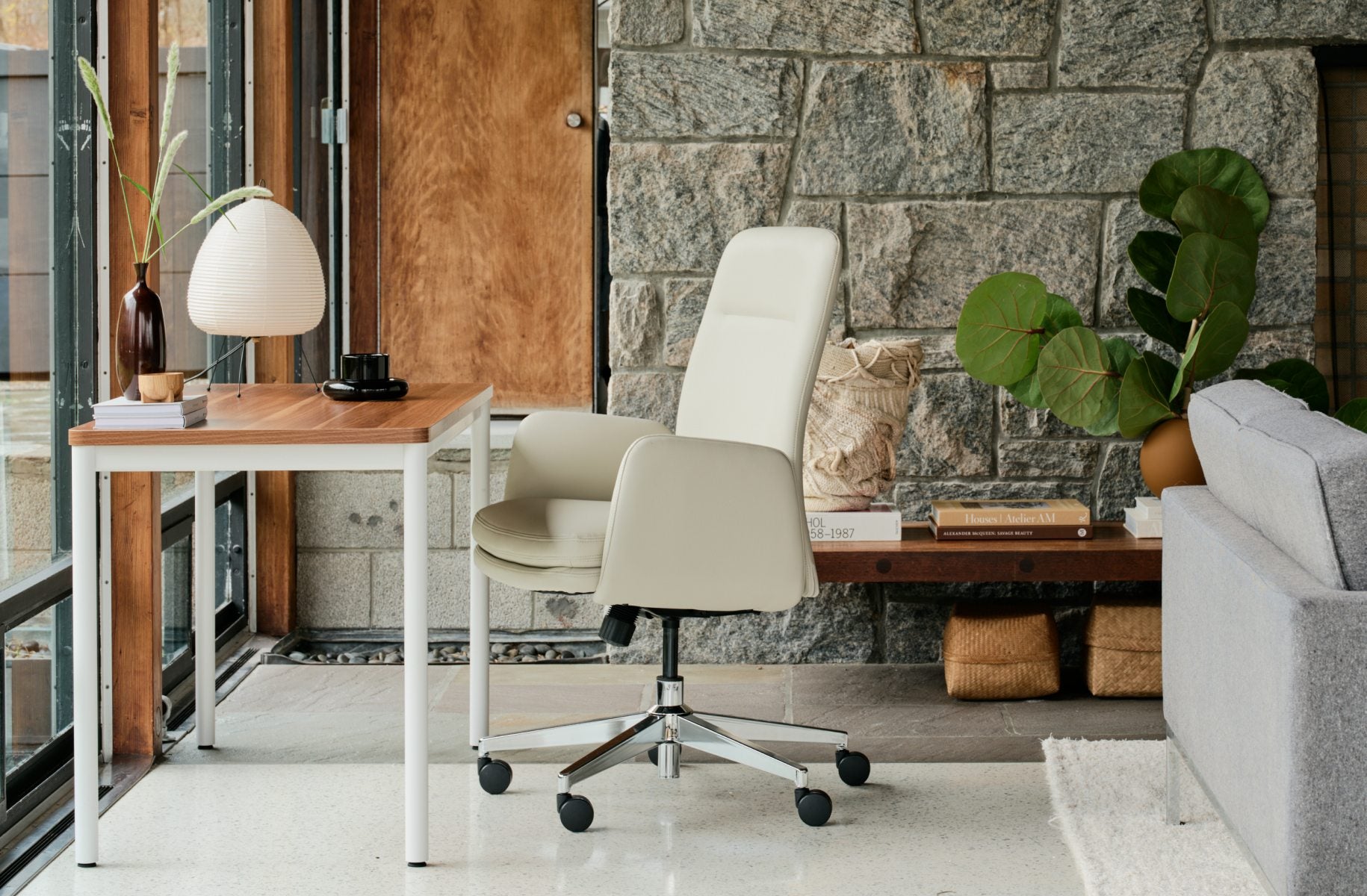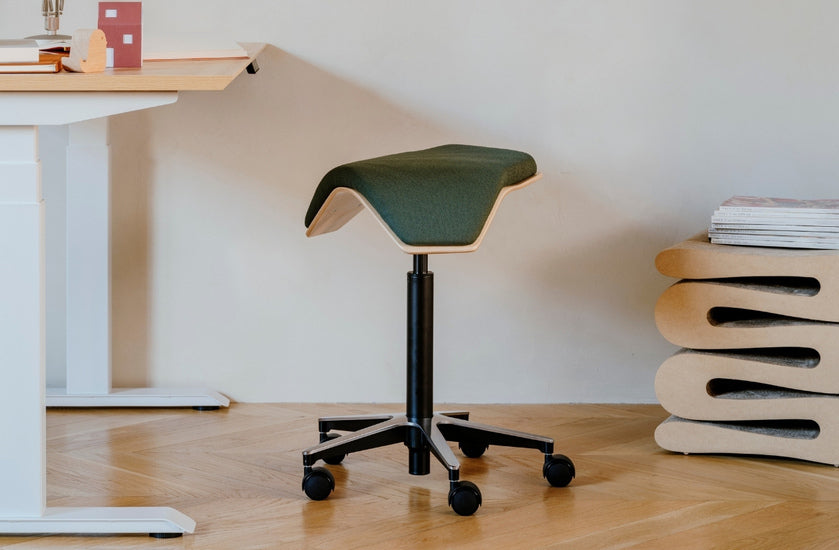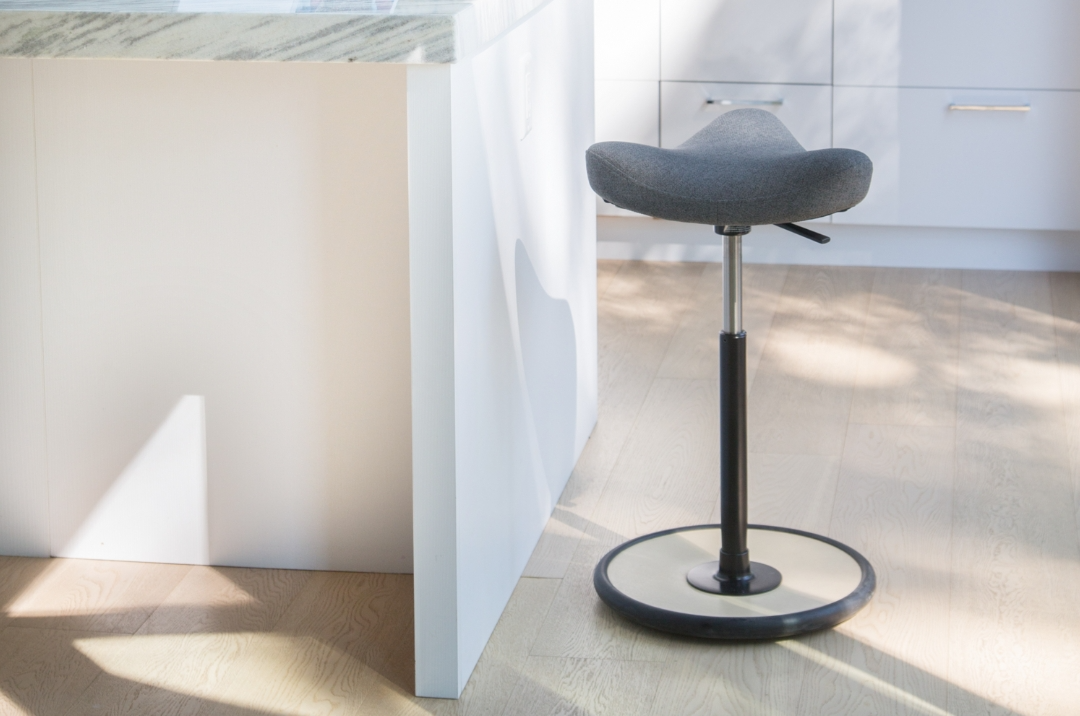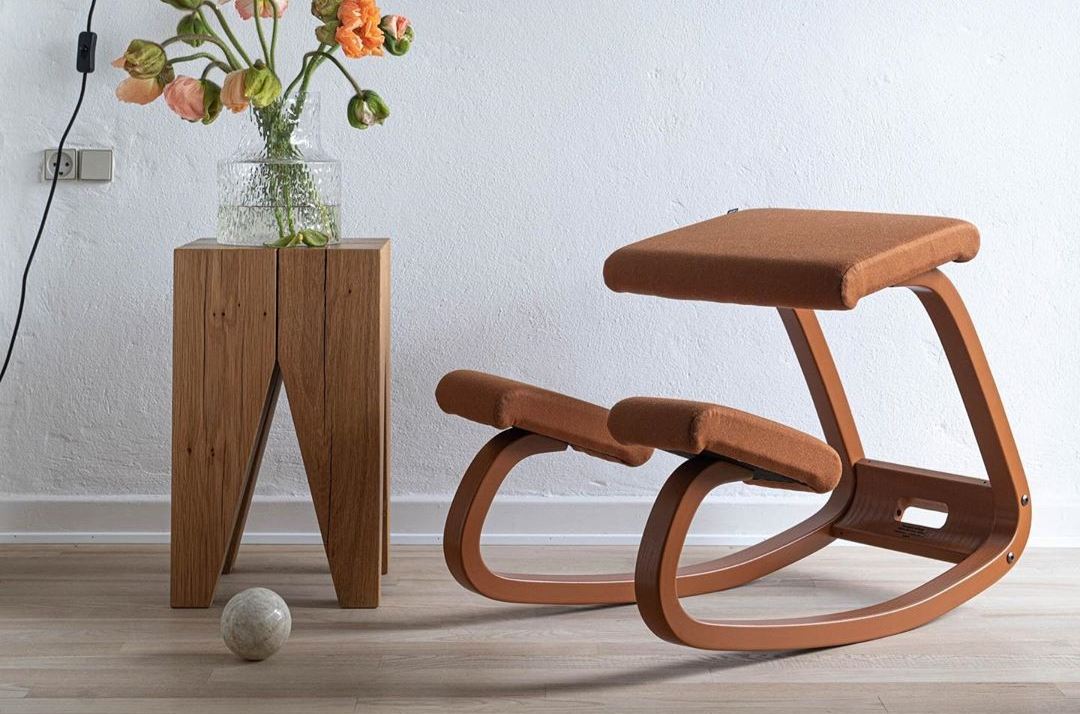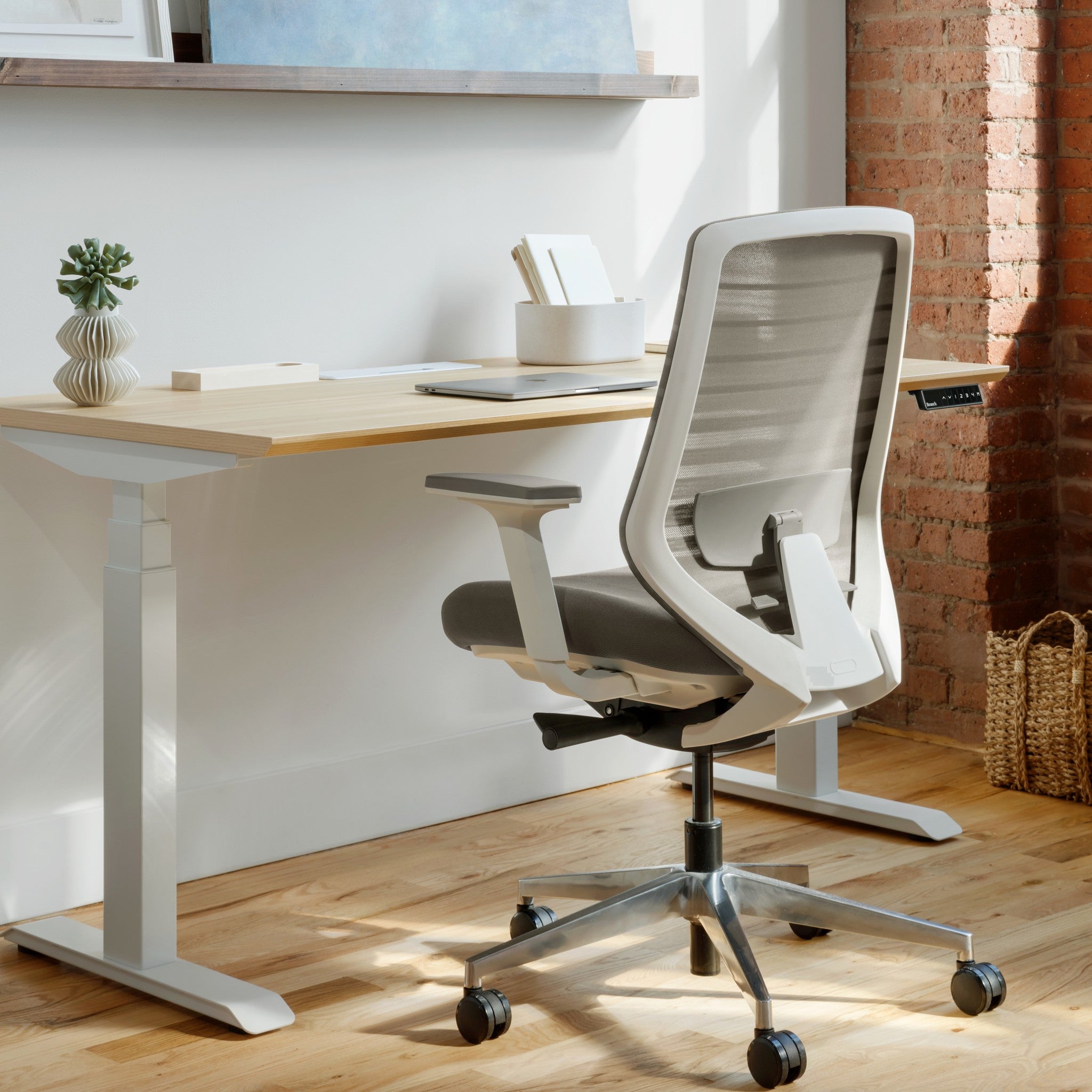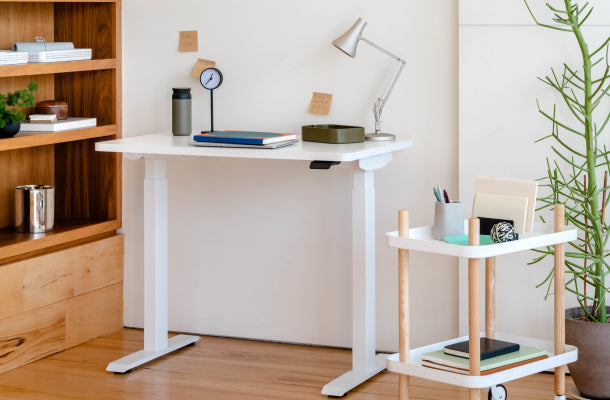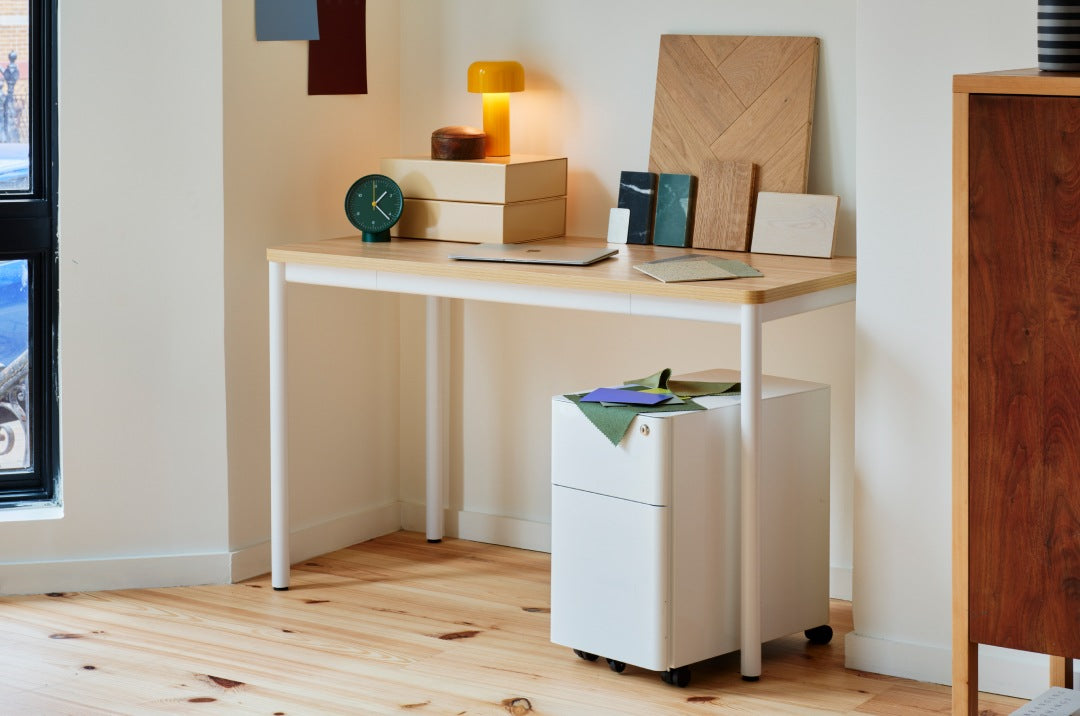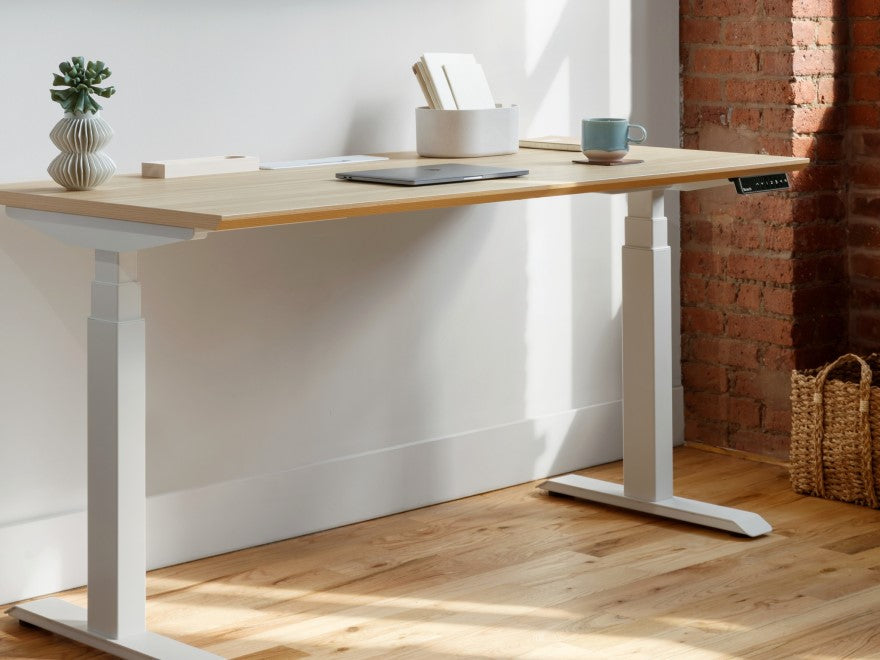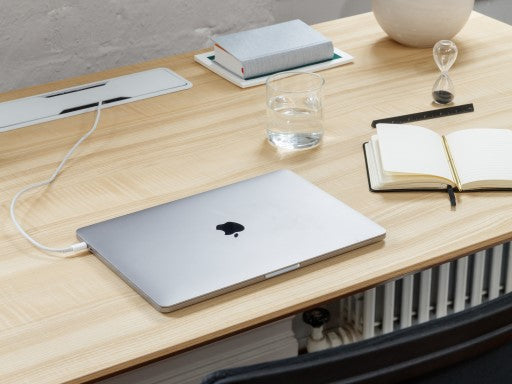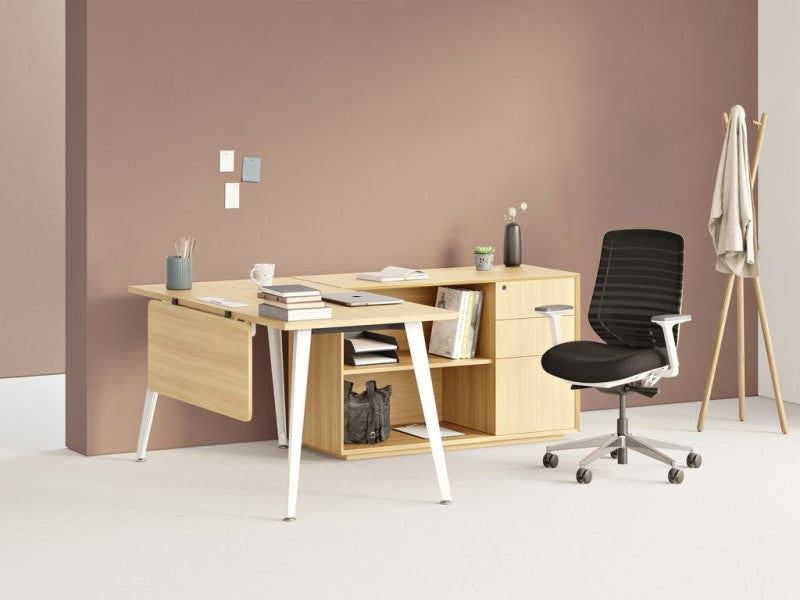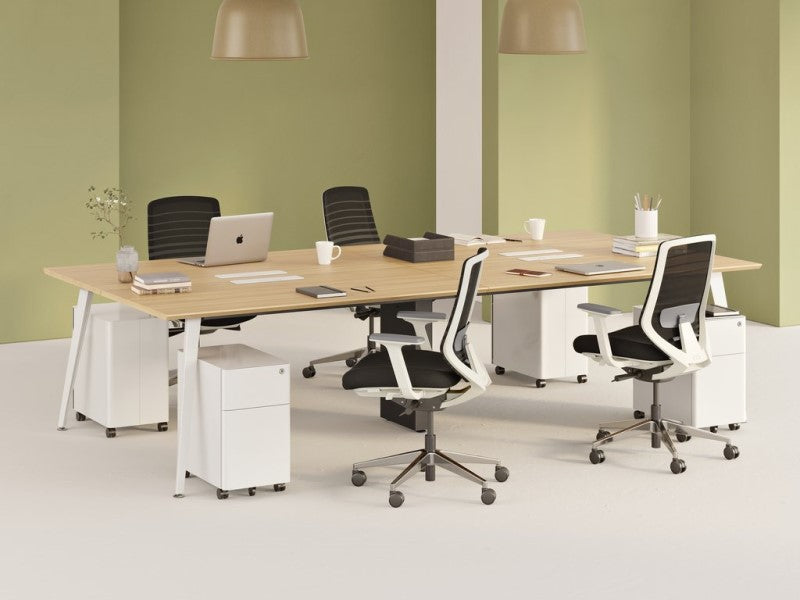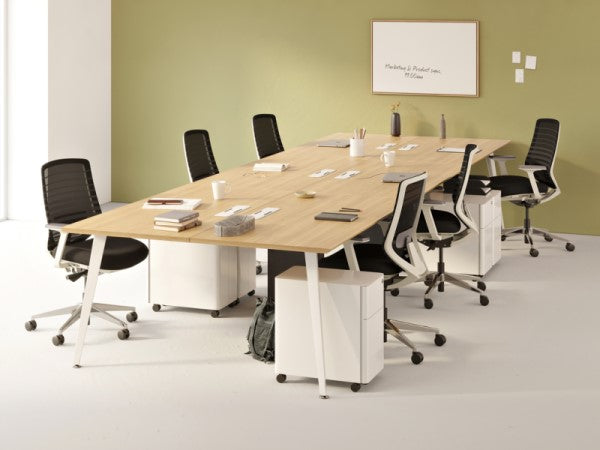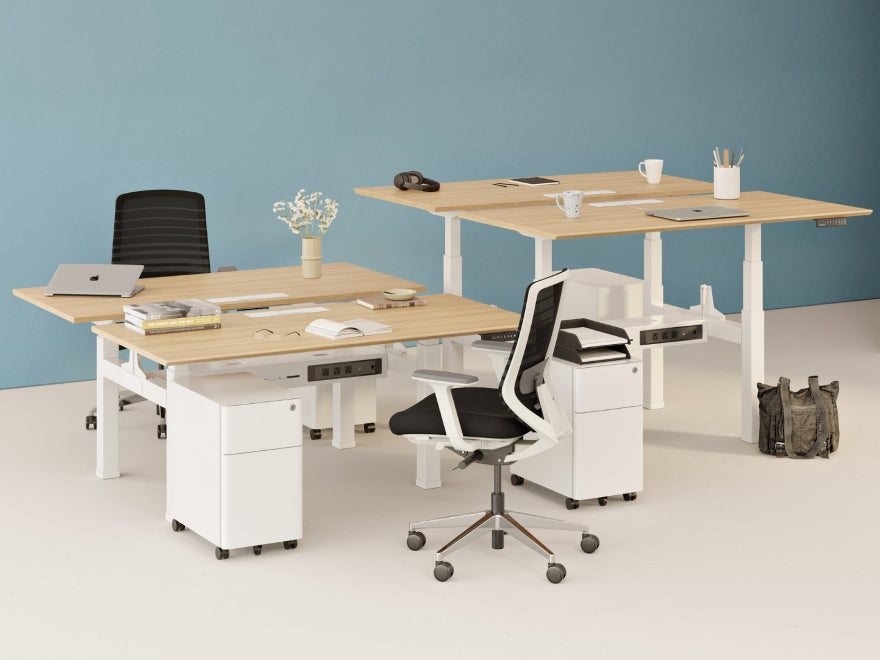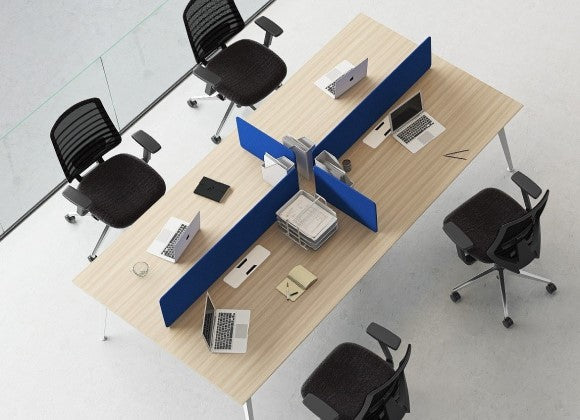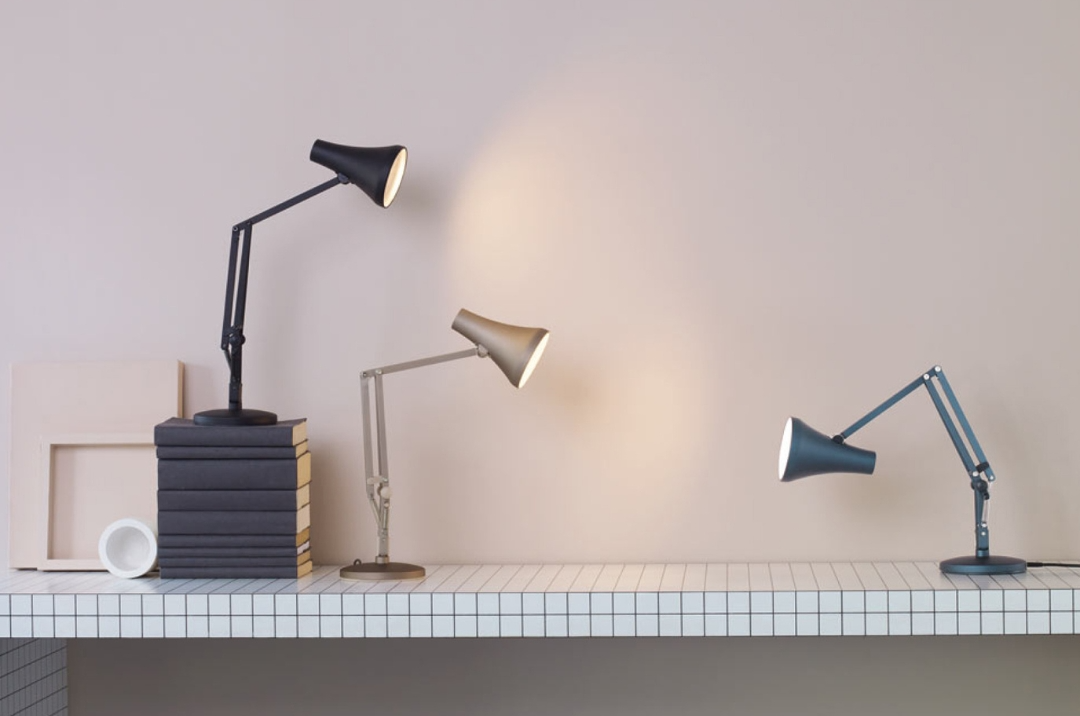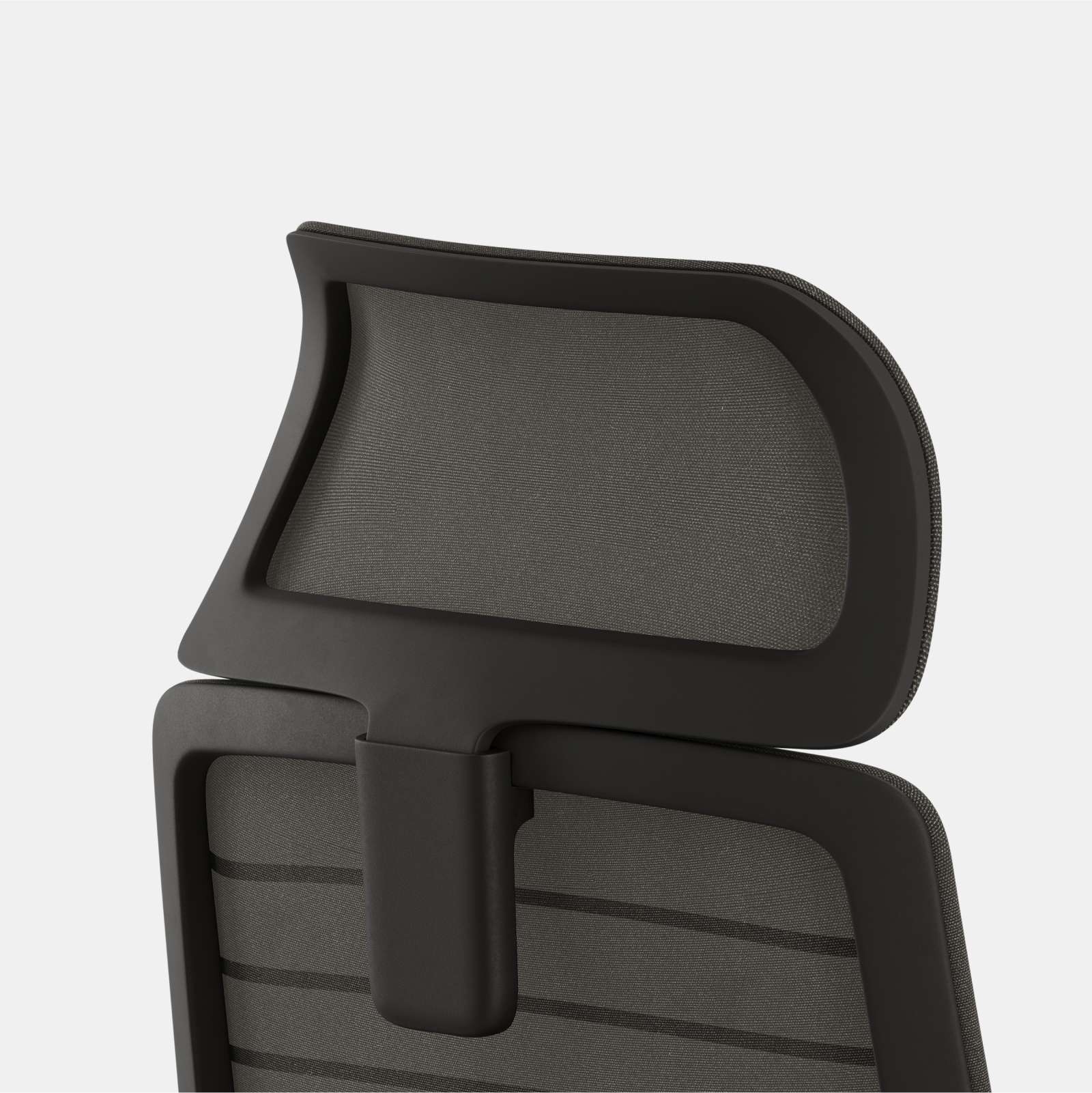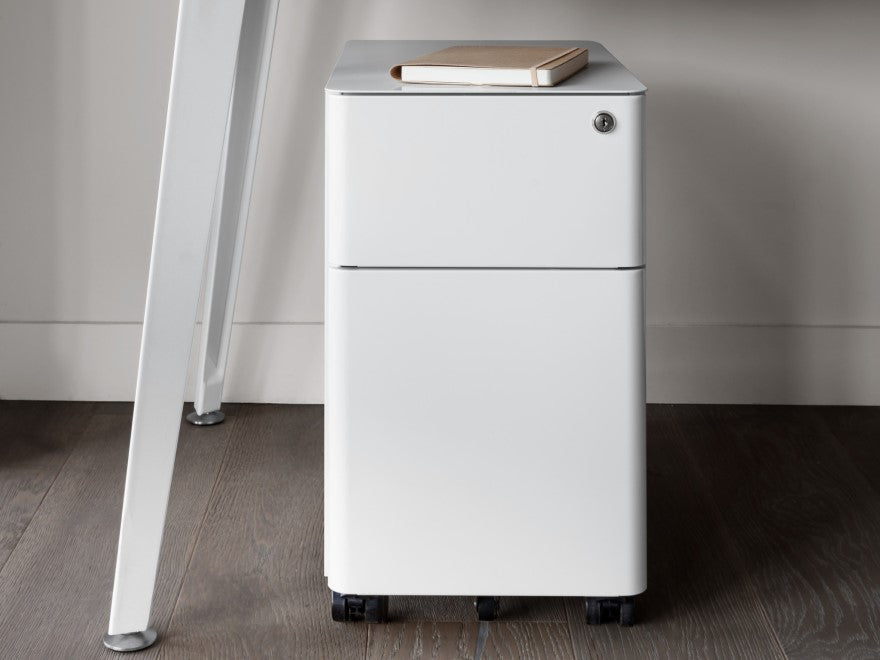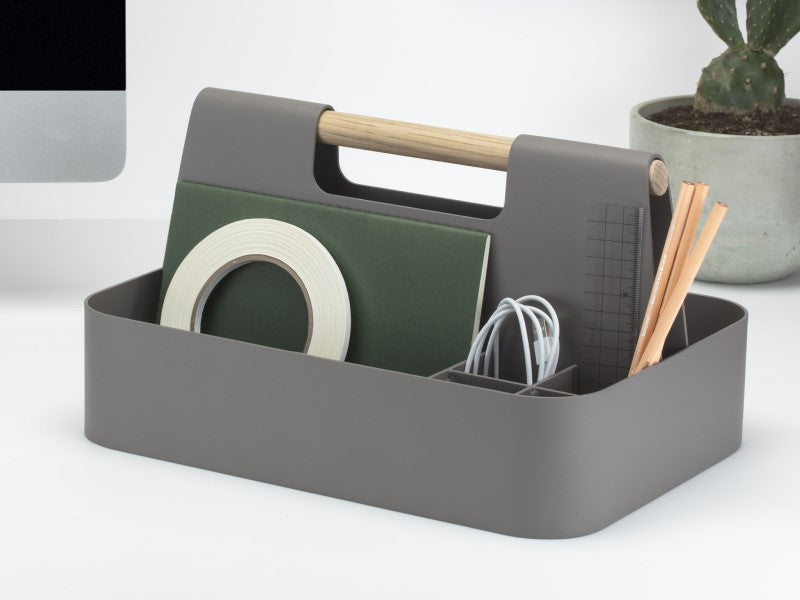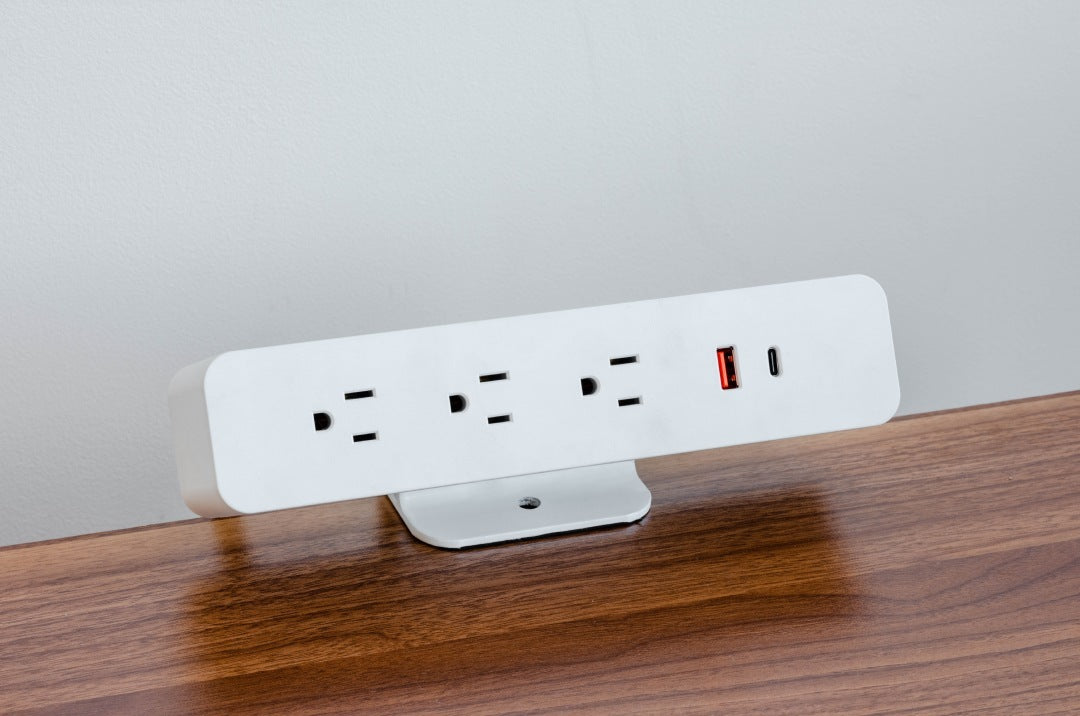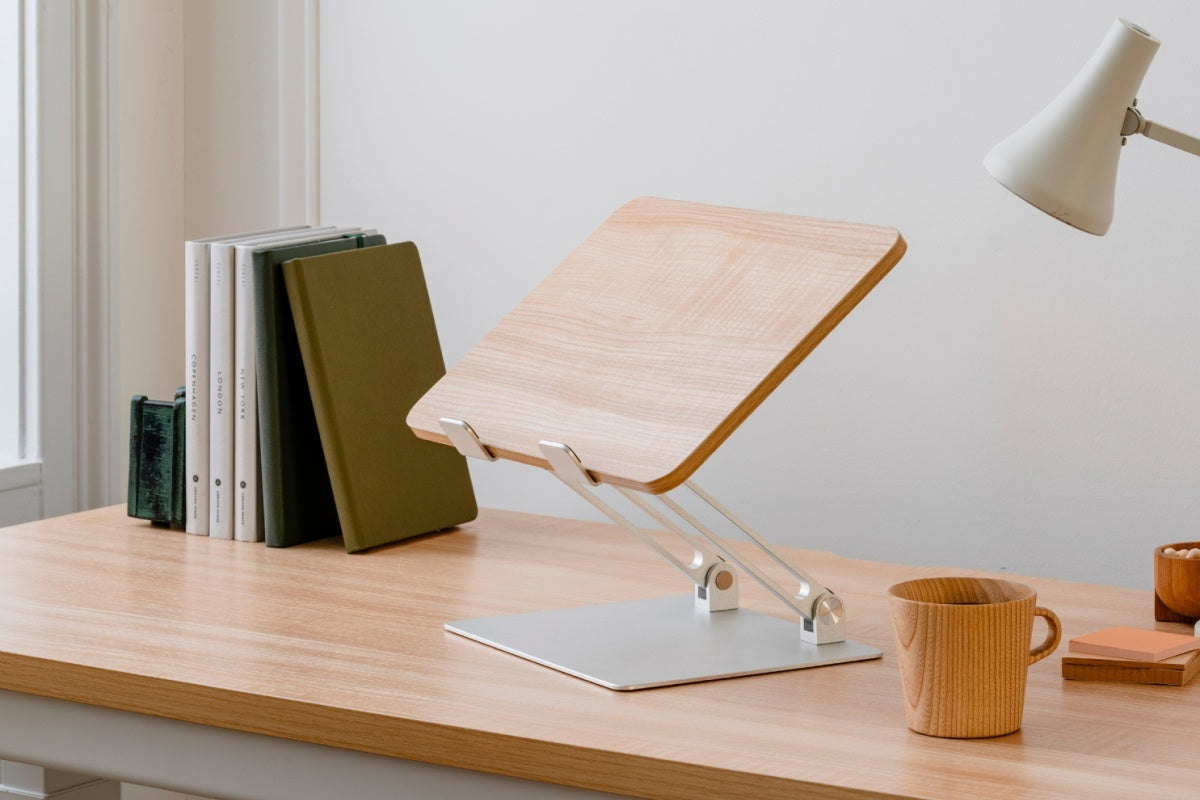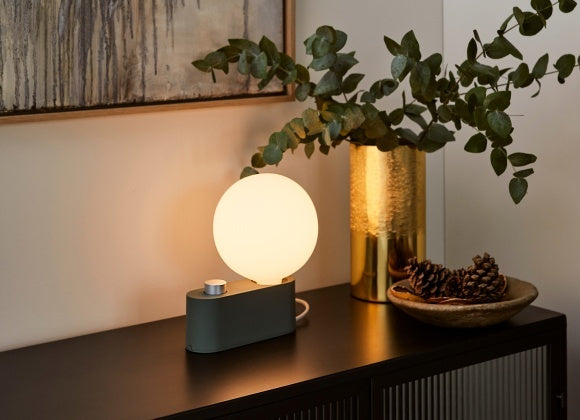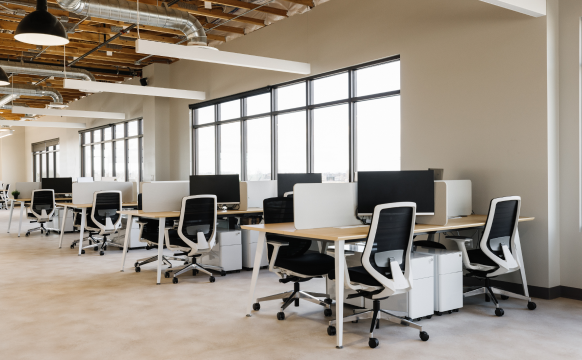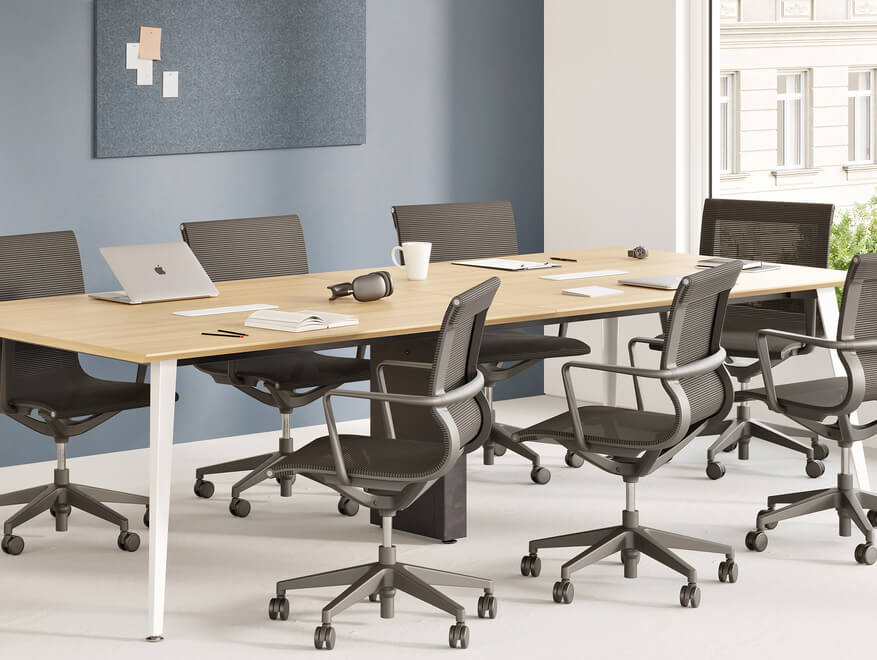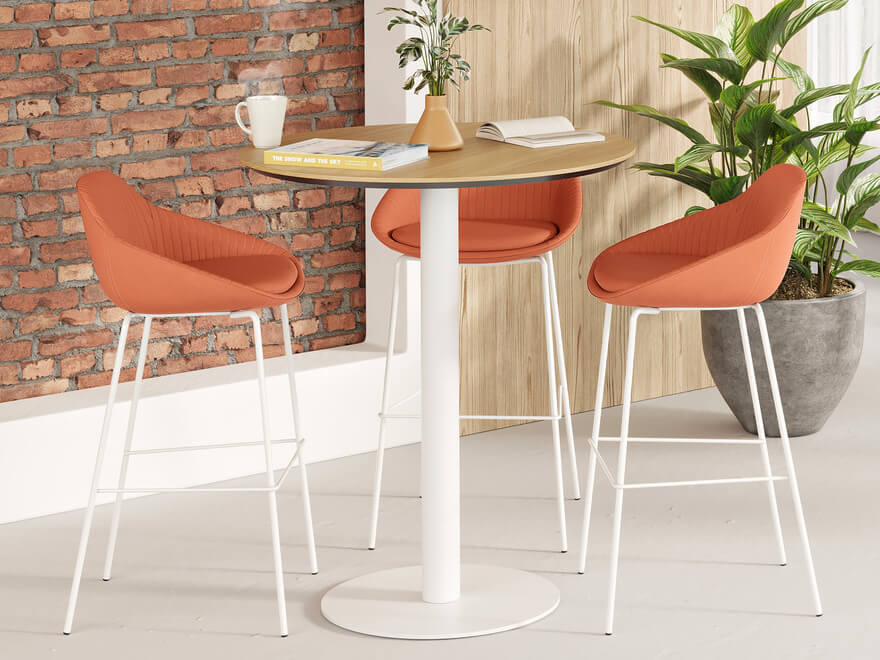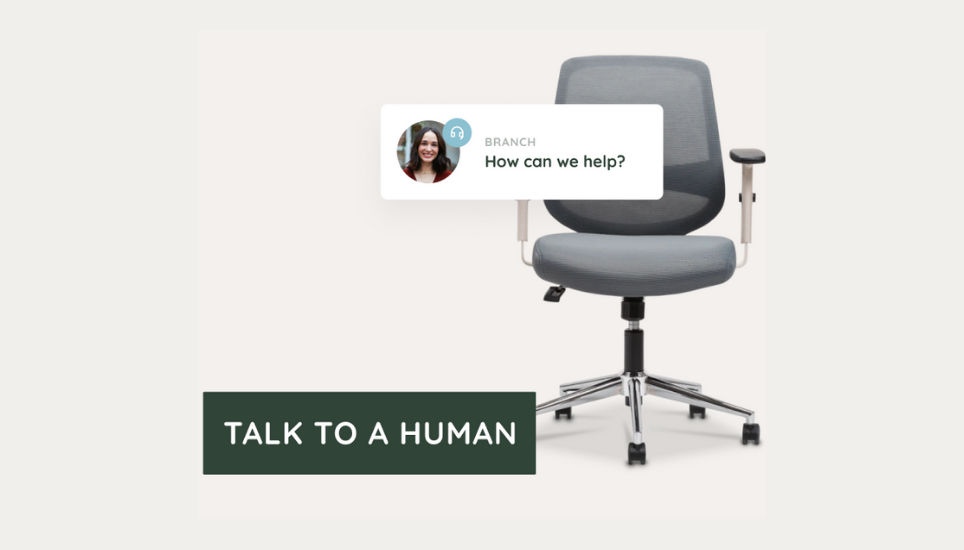When comparing mid-back and high-back chairs, comfort and support are crucial factors. Mid-back chairs excel in providing targeted support to the lumbar and middle back regions, which is beneficial for maintaining a good posture and preventing lower back pain. Their design encourages mobility and flexibility, making them suitable for tasks that involve frequent movement.
On the other hand, high-back chairs offer more comprehensive back support that extends to the upper back, shoulders, and neck. This is particularly beneficial for individuals who experience upper back and neck discomfort or need additional support due to longer sitting periods.
In terms of comfort, high-back chairs often provide a more enveloping seating experience, which can be comforting for longer hours of work. They are typically preferred in executive settings or scenarios where the user remains seated for extended periods without much movement.
Ultimately, the choice between mid-back and high-back chairs depends on your specific needs and the nature of your work. Those who require more upper body support and spend prolonged periods sitting may benefit more from high-back chairs, while those who value flexibility and movement in their work might find mid-back chairs more suitable.

